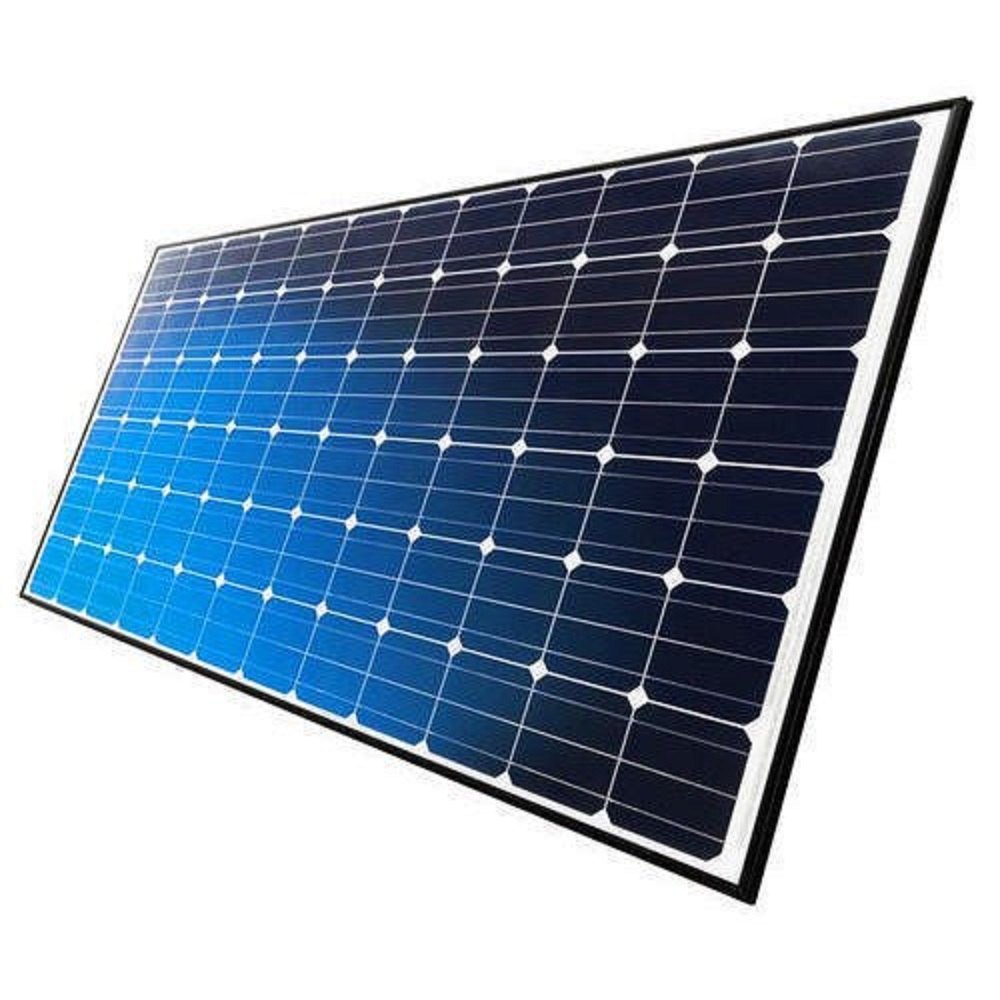A 50-watt solar panel is a relatively small photovoltaic panel used for a variety of applications, particularly where lower power consumption is required. Here are the key characteristics and typical applications of 50-watt solar panels.
Characteristics
- Power Output:
- Rated at 50 watts under standard test conditions (STC), which include a solar irradiance of 1000 W/m², an air mass of 1.5, and a cell temperature of 25°C.
- Voltage and Current:
- Typical open-circuit voltage (Voc): Around 21-24 volts.
- Typical short-circuit current (Isc): Around 2.5-3.0 amps.
- Maximum power voltage (Vmp): Around 17-18 volts.
- Maximum power current (Imp): Around 2.8-3.0 amps.
- Physical Dimensions:
- Varies by manufacturer, but generally around 500-700 mm (20-28 inches) in length and 500-700 mm (20-28 inches) in width.
- Weight typically ranges from 2 to 5 kilograms (4 to 11 pounds).
- Construction:
- Usually made of monocrystalline or polycrystalline silicon cells.
- Encased in a durable, weather-resistant frame, often aluminum.
- Covered with tempered glass to protect the cells from environmental damage.
- Efficiency:
- Conversion efficiency typically ranges from 15% to 20%, depending on the type and quality of the solar cells used.
Applications
- Battery Charging:
- Ideal for charging small batteries, such as those used in RVs, boats, and off-grid cabins.
- Commonly used with 12V battery systems, often with a charge controller to manage the charging process and protect the battery.
- Portable Power Systems:
- Used in portable solar power kits for camping, hiking, and other outdoor activities.
- Can power small electronics like phones, tablets, and LED lights.
- Remote and Off-Grid Applications:
- Suitable for powering small off-grid systems in remote locations.
- Can be used in conjunction with other panels to create a larger solar array for more significant power needs.
- Small-Scale Renewable Energy Projects:
- Used in educational and DIY projects to demonstrate solar power principles.
- Suitable for powering small devices and sensors in renewable energy projects.
- Lighting Systems:
- Often used to power solar-powered lighting systems, including garden lights, pathway lights, and security lights.
- Emergency Backup Power:
- Can provide a small amount of emergency backup power during power outages.
- Marine Applications:
- Used on boats to provide power for navigation lights, communication devices, and other small electrical equipment.


